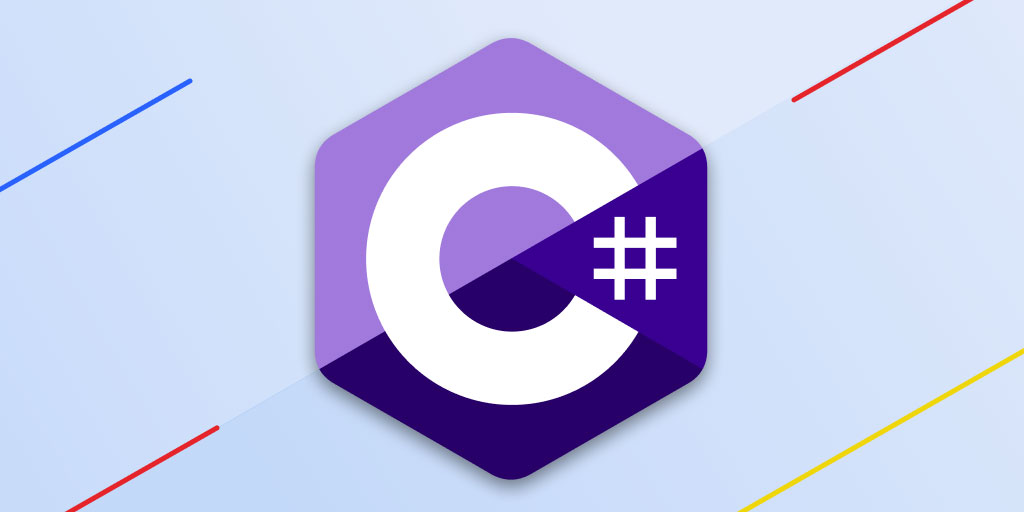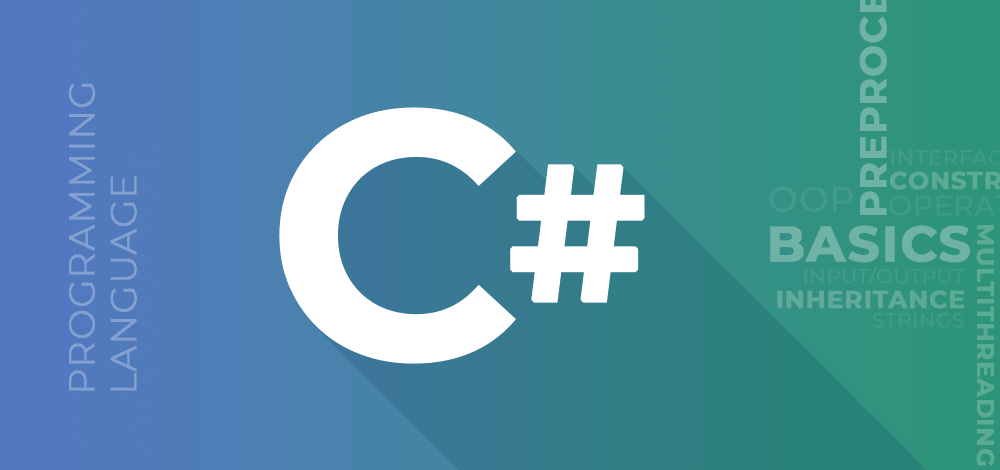Understanding and Avoiding Deadlocks in C# Multithreading
Jul 13, 2025 am 01:04 AMDeadlock refers to the state in which two or more threads are waiting for each other to release resources, causing the program to be unable to continue execution. Its causes include four necessary conditions: mutual exclusion, holding and waiting, non-preemption and circular waiting. Common scenarios include nested locks and deadlocks in asynchronous code, such as using .Result or .Wait() in UI threads. Strategies to avoid deadlocks include: 1. Unify the locking order to eliminate loop waiting; 2. Reduce the granularity and holding time of the lock; 3. Use timeout mechanisms such as Monitor.TryEnter; 4. Avoid calling external methods within the lock; 5. Try to use advanced concurrent structures such as ConcurrentDictionary or async/await. Debugging tips include using a debugger, parallel stack view, and adding log output to locate problem points. As long as good programming specifications are followed, most deadlock problems are preventable.

In multi-threaded programming, C# developers often encounter a difficult problem - deadlock. It will cause the program to be stuck and unable to continue execution, especially in scenarios where concurrent operations are frequent. To avoid deadlock, you must first understand its causes and master some practical avoidance strategies.

What is a deadlock?
A deadlock refers to a state in which two or more threads are waiting for each other to release resources, resulting in neither of them being able to continue execution.
The most common form of deadlock is "loop waiting": thread A holds resource 1 and waits for resource 2, while thread B holds resource 2 and waits for resource 1. The two did not release each other and were in a deadlock.

The occurrence of deadlock usually meets four necessary conditions:
- Mutual Exclusion : Resources cannot be shared and can only be occupied by one thread at a time.
- Hold and wait : When the thread is waiting for other resources, it does not release the resources it already holds.
- Not preemptive : Resources can only be actively released by the threads holding them.
- Loop waiting : There is a thread chain, each thread is waiting for the resources held by the next thread.
As long as these four conditions are valid at the same time, a deadlock may occur.

Common deadlock scenarios and how to identify them
Scene 1: Nested Locks
This is one of the most typical sources of deadlock. For example:
object lock1 = new object();
object lock2 = new object();
// Thread 1
lock (lock1)
{
lock (lock2) { /* do something */ }
}
// Thread 2
lock (lock2)
{
lock (lock1) { /* do something */ }
}If two threads run almost at the same time, they are likely to wait for each other's locks held by the other party, resulting in a deadlock.
Scenario 2: Deadlock in asynchronous code (especially in UI threads)
For example, using .Result or .Wait() to force a waiting time for an asynchronous task to complete, which may cause context blocking and trigger deadlocks.
var result = SomeAsyncMethod().Result; // Easy to be deadlocked
Such problems are especially common in WinForms or WPF projects because they rely on synchronization contexts.
How to avoid deadlocks?
Unified locking order
This is the most direct and efficient way: all threads acquire locks in the same order . For example, in the above example, as long as all threads lock lock1 and then lock2 , loop waiting can be avoided.
Reduce the granularity and holding time of locks
Don't do too much in one lock. Try to reduce the operating range that needs to be synchronized, reduce the lock holding time, and reduce the probability of conflict.
Use timeout mechanism
C# provides an alternative way to Monitor.TryEnter and lock to set timeouts, so that even if there is a deadlock risk, it can exit in time instead of waiting infinitely.
bool lockTaken = false;
try
{
Monitor.TryEnter(obj, TimeSpan.FromSeconds(1), ref lockTaken);
if (lockTaken)
{
// do work
}
else
{
// Timeout processing}
}
Finally
{
if (lockTaken) Monitor.Exit(obj);
}Avoid calling external methods inside the lock
If you call a user-defined method inside the lock, and the method may in turn request the lock, it is easy to cause an implicit deadlock. This problem is not easy to detect, but the consequences are serious.
Try to use advanced concurrent structures
For example, ConcurrentDictionary , ReaderWriterLockSlim , or use async/await instead of manual thread management. These structures have been designed to avoid many potential deadlock problems.
Deadlock debugging skills
If you suspect that there is a deadlock in the program, you can try the following methods to troubleshoot:
- Use the debugger to view the status of individual threads and see which threads are in the "wait" state.
- Check the thread stack to see if it stops in the lock-related place.
- Enable the Parallel Stack view in the development environment to observe the dependencies between threads.
- Adding log output to record thread ID and lock object information before and after locking, helping to locate problem points.
Basically that's it. Although deadlocks may seem complicated, they are mostly caused by irregular locking order or improper resource management. As long as you maintain good habits during the coding process, many problems can be avoided.
The above is the detailed content of Understanding and Avoiding Deadlocks in C# Multithreading. For more information, please follow other related articles on the PHP Chinese website!

Hot AI Tools

Undress AI Tool
Undress images for free

Undresser.AI Undress
AI-powered app for creating realistic nude photos

AI Clothes Remover
Online AI tool for removing clothes from photos.

Clothoff.io
AI clothes remover

Video Face Swap
Swap faces in any video effortlessly with our completely free AI face swap tool!

Hot Article

Hot Tools

Notepad++7.3.1
Easy-to-use and free code editor

SublimeText3 Chinese version
Chinese version, very easy to use

Zend Studio 13.0.1
Powerful PHP integrated development environment

Dreamweaver CS6
Visual web development tools

SublimeText3 Mac version
God-level code editing software (SublimeText3)

Hot Topics
 How to deal with deadlock problems in C++ development
Aug 22, 2023 pm 02:24 PM
How to deal with deadlock problems in C++ development
Aug 22, 2023 pm 02:24 PM
How to deal with deadlock problems in C++ development Deadlock is one of the common problems in multi-threaded programming, especially when developing in C++. Deadlock problems may occur when multiple threads wait for each other's resources. If not handled in time, deadlock will not only cause the program to freeze, but also affect the performance and stability of the system. Therefore, it is very important to learn how to deal with deadlock problems in C++ development. 1. Understand the causes of deadlocks. To solve the deadlock problem, you first need to understand the causes of deadlocks. Deadlock usually occurs when
 How to debug deadlocks in C++ programs?
Jun 03, 2024 pm 05:24 PM
How to debug deadlocks in C++ programs?
Jun 03, 2024 pm 05:24 PM
Deadlock is a common error in concurrent programming that occurs when multiple threads wait for locks held by each other. Deadlocks can be resolved by detecting them using a debugger, analyzing thread activity, and identifying the threads and locks involved. Ways to resolve deadlocks include avoiding circular dependencies, using deadlock detectors, and using timeouts. In practice, deadlocks can be avoided by ensuring that threads acquire locks in the same order or by using recursive locks or condition variables.
 Prevention and solution of deadlock and starvation in golang function concurrency control
Apr 24, 2024 pm 01:42 PM
Prevention and solution of deadlock and starvation in golang function concurrency control
Apr 24, 2024 pm 01:42 PM
Deadlock and starvation in Go: Preventing and solving deadlock: Coroutines are waiting for each other and cannot perform operations. Use the runtime.SetBlockProfileRate function to detect. Prevent deadlocks: Use fine-grained locking, timeouts, and lock-free data structures to prevent deadlocks. Starvation: The coroutine continues to be unable to obtain resources, and fair locks are used to prevent starvation. Fair lock practice: Create a fair lock and wait for the coroutine to try to acquire the lock for the longest time to acquire the lock first.
 Deadlock prevention and detection mechanism in C++ multi-threaded programming
Jun 01, 2024 pm 08:32 PM
Deadlock prevention and detection mechanism in C++ multi-threaded programming
Jun 01, 2024 pm 08:32 PM
Multi-thread deadlock prevention mechanism includes: 1. Lock sequence; 2. Test and set up. The detection mechanism includes: 1. Timeout; 2. Deadlock detector. The article takes an example of a shared bank account and avoids deadlock through lock sequence. The transfer function first requests the lock of the transfer out account and then the transfer in account.
 How to solve deadlock in Go development
Jun 30, 2023 pm 04:58 PM
How to solve deadlock in Go development
Jun 30, 2023 pm 04:58 PM
Methods to solve the deadlock problem in Go language development Go language is an open source statically typed compiled language that is widely used in concurrent programming. However, due to the characteristics of the concurrency model of the Go language, developers often encounter deadlock problems when writing concurrent programs. This article will introduce some methods to solve the deadlock problem in Go language development. First, we need to understand what deadlock is. Deadlock refers to a situation where multiple concurrent tasks are unable to continue execution because they are waiting for each other to release resources. In Go language, deadlock problems are usually due to competition for resources or
 How do C++ functions solve the deadlock problem in concurrent programming?
Apr 26, 2024 pm 01:18 PM
How do C++ functions solve the deadlock problem in concurrent programming?
Apr 26, 2024 pm 01:18 PM
In C++, the use of mutex functions can solve the deadlock problem in multi-threaded concurrent programming. The specific steps are as follows: create a mutex; when the thread needs to access the shared variable, obtain the mutex; modify the shared variable; release the mutex. This ensures that only one thread accesses the shared variable at any time, effectively preventing deadlock.
 What is the phenomenon of mysql deadlock?
Jul 20, 2023 am 09:55 AM
What is the phenomenon of mysql deadlock?
Jul 20, 2023 am 09:55 AM
MySQL deadlock phenomenon: 1. The database connection thread will become unresponsive during a deadlock; 2. Deadlock events are reported in the database log; 3. The deadlock detection mechanism is triggered; 4. Database performance decreases.
 How to deal with deadlock and starvation issues in concurrent programming in C++?
May 08, 2024 am 09:09 AM
How to deal with deadlock and starvation issues in concurrent programming in C++?
May 08, 2024 am 09:09 AM
Deadlock: ordered resources and deadlock detection; starvation: priority scheduling and fair locks. Through these strategies, deadlock and starvation problems can be solved in C++, ensuring reliability and efficiency.






